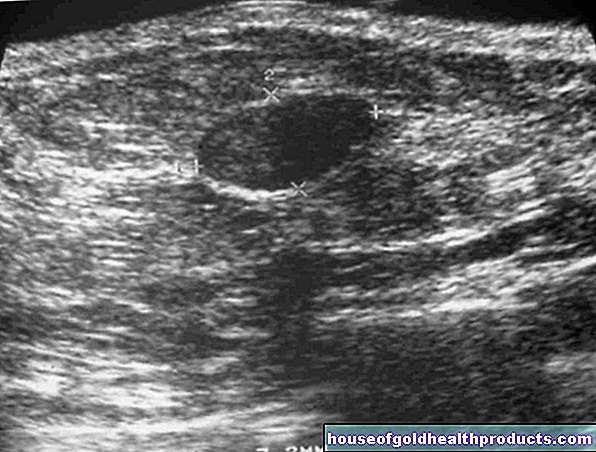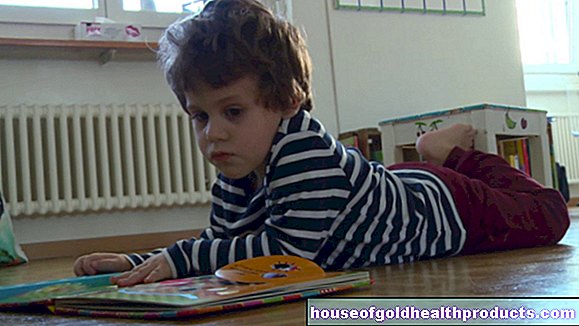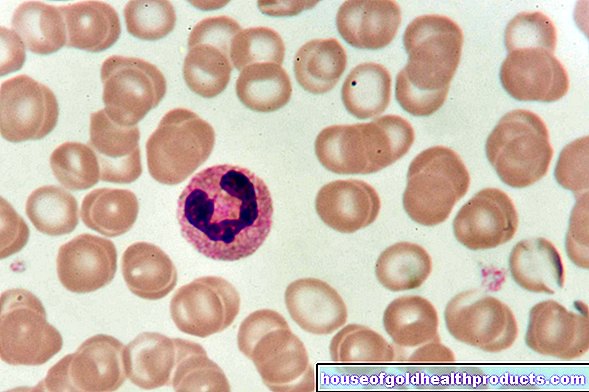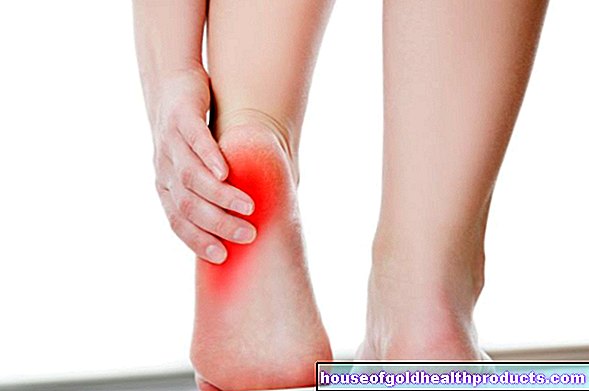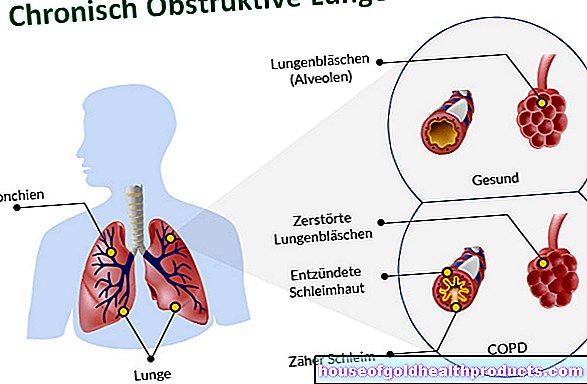Zika virus can spread in Europe
All content is checked by medical journalists.The Zika virus is on the rise worldwide. For Europe, too, there is an increasing risk that the pathogen will gain ground in the next few months. The World Health Organization (WHO) classifies the risk for European countries as low to moderate from early summer.
The assessment that the WHO has now presented includes two components: the occurrence of mosquito species that can transmit the virus, and the capacities of the respective country to respond to a corresponding situation. "The risk of the Zika virus spreading in Europe exists - but it varies from country to country," says Zsuanna Jakob, WHO Regional Director for the European Region.
Risky mosquito species
The danger is particularly high in countries where the yellow fever mosquito (Aedes aegypti) occurs - the main vector for Zika. But this is only the case in very few European regions. These include the Portuguese island of Madeira and the north-east coast of the Black Sea.
However, the Asian tiger mosquito (Aedes albopictus) is more common in 18 European countries, including many Mediterranean countries such as France, Italy, Spain, Croatia, Greece and Turkey. But it also occurs in Central European countries. Specimens are also discovered again and again in Germany. Zika can also transmit this type of mosquito - but not to the same extent as Aedes aegypti.
At the moment, the likelihood of being infected by a mosquito bite in Europe is still very low. Because so far the mosquitoes that are capable of transmitting have not carried the pathogen in them. Before they pose a risk, they first have to infect themselves with Zika viruses in order to then infect people with another blood meal.
Act quickly in the event of an outbreak
In addition, the WHO experts used the information provided by the various countries regarding their capacity to contain a Zika virus outbreak for the risk assessment. Jakob says: "We especially call on countries with a higher risk to expand their national capacities in order to prevent a larger Zika outbreak."
This includes measures to reduce mosquito populations, especially in regions where Aedes aegypti is found. Other factors are the training of medical staff and the expansion of laboratory testing facilities on Zika in order to identify and respond to a possible outbreak as quickly as possible. Furthermore, the population, especially pregnant women, should be educated in order to protect themselves against infections. In addition to transmission by sting, this also includes sexual contact with infected people.
In 2015, the Zika virus, which is mainly known from Africa and Asia, spread rapidly in South America. The disease is usually harmless - most infected people even develop no symptoms at all. However, unborn children of infected mothers in particular can suffer considerable damage: The virus can cause so-called microcephaly, which is associated with smaller skulls, smaller brains and significant disabilities.
Sources:
Zika virus expected to spread in Europe in late spring and summer: overall risk low to moderate WHO press release, May 18, 2016
ZIKA VIRUS - Technical report, WHO, May 2016
Tags: foot care teeth sleep





